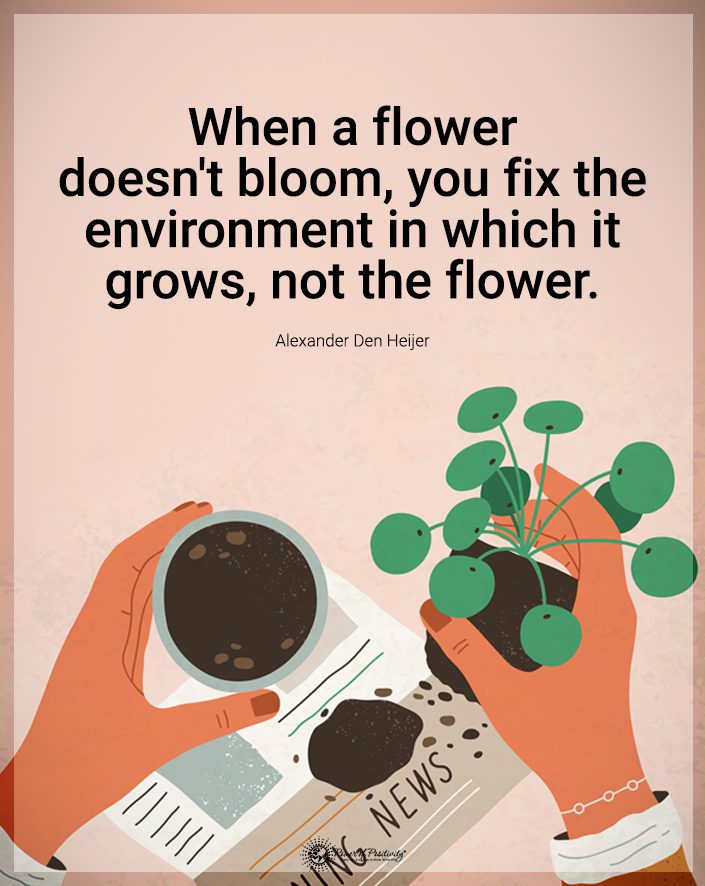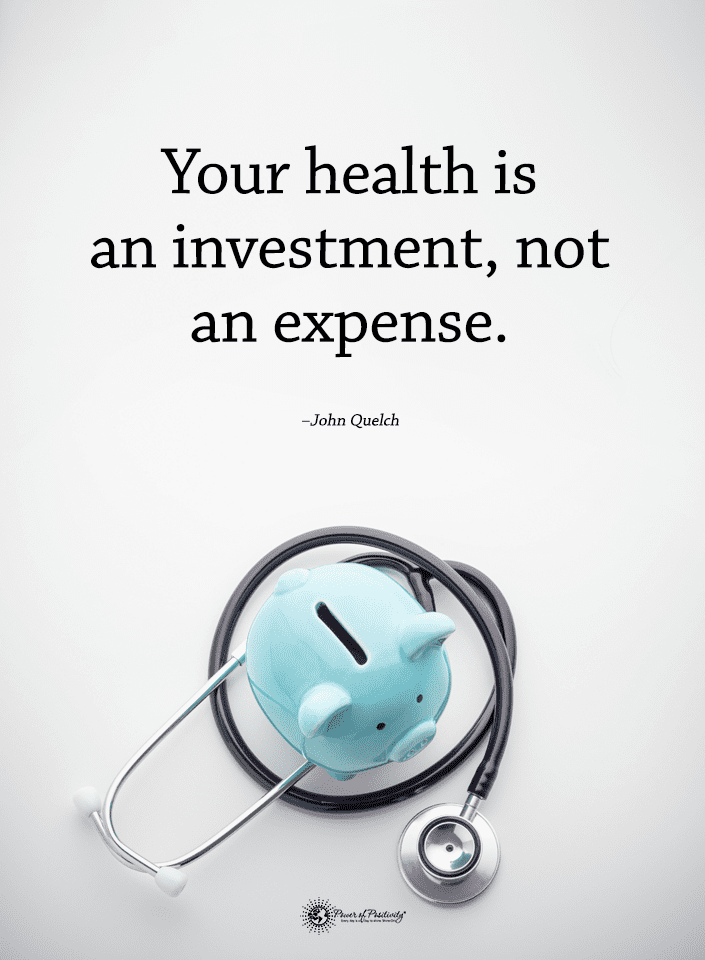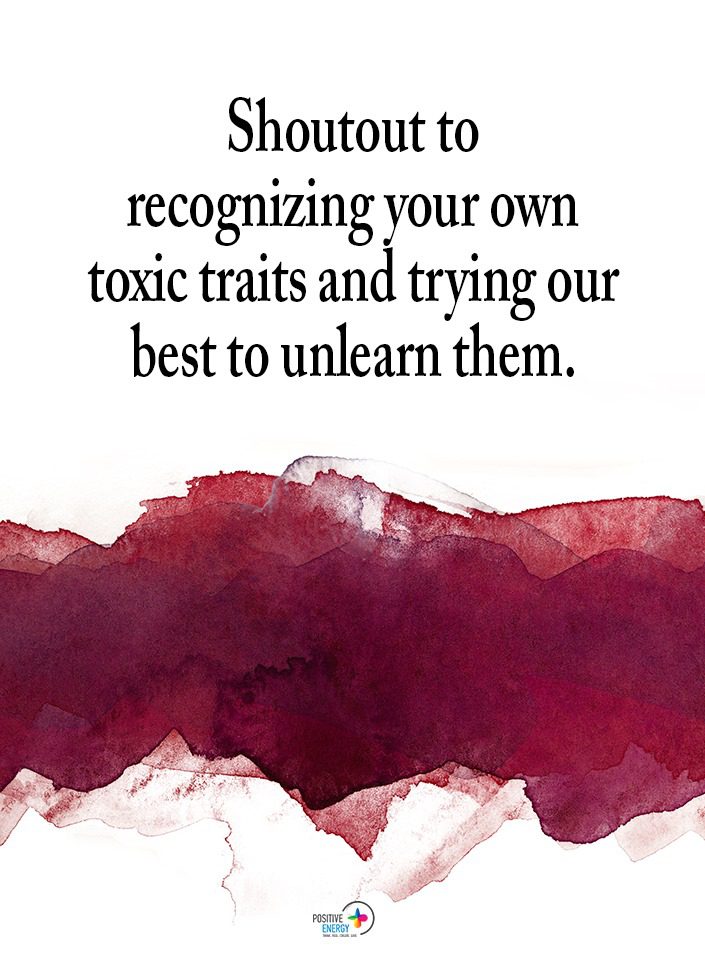Here’s how to rekindle the spark in your marriage.
It’s easy to let the daily grind overshadow the whimsy and excitement that initially draws you to your spouse or long-term partner. However, the secret to reigniting that spark lies not in grand, sweeping gestures but in the small, intentional acts that accumulate over time to create an enduring flame. When rekindling the flame of your relationship, it’s important to venture beyond the routine. Instead, it requires creativity, playfulness, and a sense of shared adventure. It’s time for some new, fun habits!
The key is not just doing things together but finding joy and novelty in those shared experiences. From themed dinner nights to stargazing escapades, each activity offers a unique opportunity to laugh, explore, and deepen your bond in unexpected ways.
This article will explore twelve whimsical and creative ways to rekindle your fire for your spouse. These ideas are designed to break the mold of everyday routine, inviting fun and a deeper connection into your partnership. Try one or two that interest you, then make this time focusing on each other a new habit or part of your routine.
How Can Someone Fall Back in Love With a Spouse or Partner?

1 – Have at-home Themed Dinner Nights
Imagine transforming your dining room into a Parisian bistro or a Hawaiian beachfront luau for the evening. Themed dinner nights are a delightful way to spice up your mealtime routine. Take turns planning these surprise dinners with your partner or spouse. Set it up right, complete with decorations, attire, and cuisine matching the theme.
Whether it’s “A Night in Paris,” where you indulge in croissants and escargot under a canopy of twinkling lights, or a “Hawaiian Luau” with leis, tropical drinks, and ukulele music, these themed nights are not just about the food; they’re about creating an immersive experience that transports you both to a different world, if only for a night.
2 – Try an Adventure Jar
Put a twist on your usual routine with an “Adventure Jar.” This fun and unpredictable idea involves filling a jar with slips of paper, each one inscribed with a different adventure or activity. These could range from a hike in a never-before-visited trail to a day of volunteering to try out a new hobby together.
Each week, randomly select a slip and commit to embarking on the adventure it reveals, regardless of how silly or outlandish it may seem. The spontaneity adds excitement. Plus, the experiences you create with your spouse will form lasting memories and stories you can laugh about for years.
3 – Do a DIY Couples Project
Engaging in a DIY project together can be a deeply rewarding experience. Whether painting a mural on a blank wall in your home, building a piece of furniture, or even starting a small garden, these projects foster teamwork and a sense of shared accomplishment.
As you plan, execute, and eventually admire the results of your hard work, you transform a piece of your home and strengthen your bond. This collaboration allows you to contribute your strengths, learn new skills, and create something tangible that represents your combined effort and creativity.
4 – Take Memory Lane Tours
Revisiting the landmarks of your shared history can be a deeply sentimental and romantic experience. Plan a day or an afternoon to visit meaningful places in your relationship. It could be the café where you had your first date, the park bench where you shared a profound conversation, or the spot where you first realized you were in love.
As you wander through these memory-filled locales, take the time to reminisce about the feelings, conversations, and little moments that have shaped your journey together. This trip down memory lane is not just about reliving the past. Rather, it means appreciating the journey you’ve been on and the growth you’ve experienced as a couple.
5 – Leave Some Secret Messages
Leave secret messages for your partner to infuse your daily life with little surprises. A love note tucked inside the book they’re reading, a sweet message under their pillow, or a heartwarming note hidden in their wallet can turn an ordinary day into something special. These small gestures of love are a beautiful way to remind your partner that they’re always on your mind. The unexpectedness of these messages makes them so delightful, creating moments of joy and intimacy in the most ordinary days.
6 – Head Outdoors for Star Gazing Nights
Break away from the daily hustle and bustle of your lives by spending a night under the stars. Find a quiet spot away from the city lights. Grab your favorite cozy blanket, a telescope if you have one, and perhaps a flask of your favorite warm beverage. Lie back and gaze at the vast, star-filled sky, marveling at the beauty of the universe.
This peaceful setting is perfect for deep conversations, silent contemplation, or simply enjoying your spouse in tranquility. Star gazing nights offer a sense of awe and wonder that can bring a new perspective to your life and relationship, reminding you of the vast beauty surrounding us.

7 – Book Club for Two
Start on a literary journey together by starting a private book club for just the two of you. Select a book that both of you are interested in and read it simultaneously. It can be anything from a thrilling mystery to a piece of classic literature to a modern self-help book.
Set aside time for ‘book club meetings’ where you discuss your thoughts, feelings, and insights about the book. These discussions can lead to deeper conversations, revealing new aspects of your personalities and viewpoints. It’s a wonderful way to connect intellectually and emotionally as you explore new ideas and stories.
8 – Customized Scavenger Hunts
Add an element of adventure and surprise to your relationship with customized scavenger hunts. Create a series of clues for each other, leading to significant places in your relationship or exciting new destinations. Each clue should be a mini-puzzle or riddle leading to the next location, making the journey as fun as the destination.
This could be where you and your spouse shared a memorable kiss, a favorite restaurant, or even a place you’ve always wanted to go together. The scavenger hunt combines nostalgia, excitement, and a challenge, making for an unforgettable experience.
9 – Artistic Endeavors Together
Dive into the world of creativity by creating a new art form together. This activity could be anything from pottery or painting to a home decor piece. Not only does this allow you to learn and grow together, but it also offers a way to express yourself in a non-verbal, imaginative manner.
Working on an art project side by side encourages collaboration and allows you to support and inspire each other. The act of creating something from nothing is not only therapeutic but also incredibly satisfying, especially when done with a loved one. Plus, you have a unique creation that symbolizes your shared artistic journey.
10 – Take YouTube Dance Lessons in the Living Room
Transform your living room into a dance floor and dive into the joy of dancing together. Choose a dancing style that interests both of you, be it passionate salsa, lively swing, or elegant ballroom. Check out YouTube for lessons. Online lessons provide the flexibility to learn at your own pace and schedule. Dancing not only gets you moving and laughing together, but it also requires teamwork and communication. Thus, you continue to strengthen your bond.
It’s a delightful way to break the routine, engage in a playful activity, and discover a shared passion for dance. Whether stepping on each other’s feet or gliding gracefully across the floor, it’s all about having fun and creating joyful memories.
11 – Plan a No Tech Evening
Setting aside a ‘no technology’ evening can be a refreshing change in a world where screens often dominate our attention. Dedicate one evening a week to spending time together without the distraction of technology. This could be spent playing board games, having long, uninterrupted conversations, trying out new hobbies, or simply enjoying each other’s quiet presence.
The absence of technology encourages deeper connection and mindfulness, allowing you both to engage in the moment and with your spouse.
12 – Throw Down Some Culinary Challenges
Add excitement to your culinary routine with a fun and tasty challenge. Set a theme or select a random assortment of ingredients, and challenge each other to cook or bake something using only those items. This can become a playful competition or a collaborative effort to create the most delicious dish.
It’s a creative way to experiment with new recipes and flavors, encouraging both of you to learn new recipes and broaden your culinary comfort zone. Whether the result is a gourmet success or a peculiar new creation, the process will surely be filled with laughter and enjoyment. Plus, you can share a meal you made together, which always tastes better!

Final Thoughts on the Twelve Habits to Fall Back in Love With Your Partner or Spouse
Rekindling the spark in your relationship isn’t about grand gestures or expensive gifts; it’s about your thoughtful, creative, and intentional efforts every day. The twelve habits outlined in this article offer diverse activities and practices that cater to various interests and preferences. Still, they all share a common goal: to deepen your connection and reignite the passion that brought you together in the first place.
Remember, it’s the small things that often make the biggest difference. Whether it’s through cooking a meal together, sharing a new hobby, or simply setting aside time to be with each other without distractions, these moments create a foundation for a stronger, more loving relationship. Remember that every relationship is unique as you start rediscovering your partner and falling in love again. Feel free to adapt these ideas in a way that resonates best with you and your significant other.
Above all, the journey of falling back in love with your spouse is ongoing and ever-evolving. It demands patience, understanding, and a willingness to invest in your relationship continuously. Embrace the journey with an open heart and a playful spirit, and watch as the romance and connection in your relationship flourish anew.















